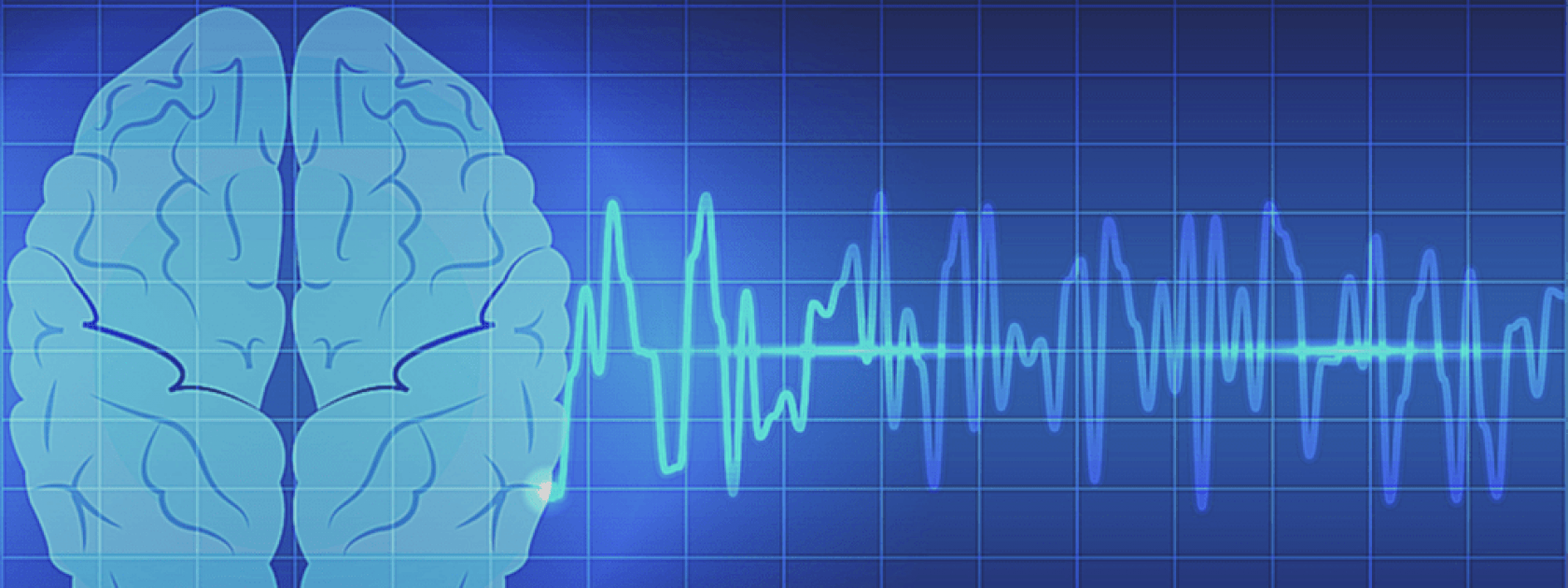Giacomo Passarelli & Tushar Sharma (in collaboration with Dr. Geoff Power at the University of Guelph)
Background: When responding to perturbations that force us to become unbalanced, it is important to be able to generate forces/torques quickly to regain balance. If we can use cutaneous stimulation to enhance rate of force development, we may be able to help prevent falls and fall-related injuries.
Purpose: To determine the effects of plantar cutaneous stimulation on rate of force development during rapid contractions.
Eligibility: Healthy, young adults (18-40 years old) with no history of neuromuscular disorders.
Contacts: tushar@uoguelph.ca (Tushar), gpassare@uoguelph.ca (Giacomo)
What has been found?
Maffiuletti et al. (2016) described various neuromuscular aspects of rate of force development and highlighted rate of forces dependence on increased motor unit discharge rate. It also reviewed the physiological considerations when attempting to maximize rate of force development as well as methodological considerations with regards to its evaluations.
Smith et al. (2020), in collaboration with the Bent Neurophysiology Lab, analyzed the ability of cutaneous stimulation to mitigate fatigue in the plantar flex muscles during a sustained isometric task. The results showed that there is a possibility that fatigue is mitigated through the use of cutaneous stimulation.
Where are we headed?
Cutaneous stimulation has shown potential to both enhance rate of force development and mitigate fatigue. The Bent Neurophysiology Lab is interested in looking at its ability to improve balance and stability as a result of its apparent potential in improving rate of force development, which is a critical factor in maintaining balance.


